
A Walk Inside The Communist Terror Of What Is Left Of The Romanian Bastilia – The Political Prison Doftana
The name ‘Doftana’ once evoked a powerful sense of dread. In modern-day Romania, it is largely forgotten. In conversation, the word draws blank looks, while the building itself – the huge hulk of an abandoned prison, at the edge of the mountains – has been left to die a slow death at the mercy of nature. A corpse on which the forest feeds.
Doftana Prison was notorious in the early 20th century for its harsh confinement of political prisoners. Many of them were communists – philosophers, terrorists, would-be revolutionaries – and some of Doftana’s inmates would go on to become leaders of a Red Romania. However, in its glory days, was home to: Nicolae Ceaușescu, communist; Gheorghe Gheorghiu-Dej, communist; Max Goldstein, anarchist; Corneliu Zelea Codreanu, legionary; Horia Sima, legionary; Richard Wurmbrand, pastor; Grigore Preoteasa, communist.
The prison was built in 1895, when it initially served the local mining industry. In time, the walls of Doftana were repurposed for detaining political prisoners.
The structure has the shape of a horseshoe: an imposing outer ring surrounding central gardens that had been tended by the inmates. Outside the walls, and within the far perimeter fence, lay a no-man’s land of flat grass, a level field that had the effect of a moat around the bastille.
Inside, there were a total of 308 cells, split into eight sections labelled ‘A’ through to ‘H.’ Three of these – Sections A, B and C – had afforded prisoners the luxury of light. The other five blocks featured unlit cells.
There’s an old saying: that prisons often act like universities for criminals. Doftana was no different, except the criminals were mainly communists. There were not that many communists in Romania as there are stories about this place. Those many tales are about Doftana.
Locked up together, the inmates would preach the gospels of Lenin and Marx. They taught communist politics, history and economics to the uninitiated. Many of the prisoners at Doftana went in as petty criminals – but came out as radicalized communist terrorists.
Fresh arrivals at the prison would bring news from the outside world. Newspapers were smuggled in, their stories disseminated amongst the inmates. The guards would claim that their prisoners seemed to know the news before it was even published.
They crafted specialized tools as well, to aid their clandestine communication networks. A ‘Mouse’ was a thin slat of wood with split ends that could be used to pinch and pass pencils, documents and cigarettes through the bars of one cell to its neighbour. The ‘Soft Horse’ was a bag stitched from bed cloths – it could be filled with contraband, then swung from a string across from one inmate to the next.
Nowadays, the place sometimes serves as a playground for paintball amateurs, which suits it perfectly, but it is largely closed for the public because it is in a pretty advanced state of decay.
This trip inside serves both a warning for those who want to sneak a peek inside this beautiful place, as well as a shout to the Romanian authorities to revive it again and bring it to the public attention by turning it in what it is supposed to be, a commemorative museum.
More info: burate.wixsite.com
618views
Share on Facebook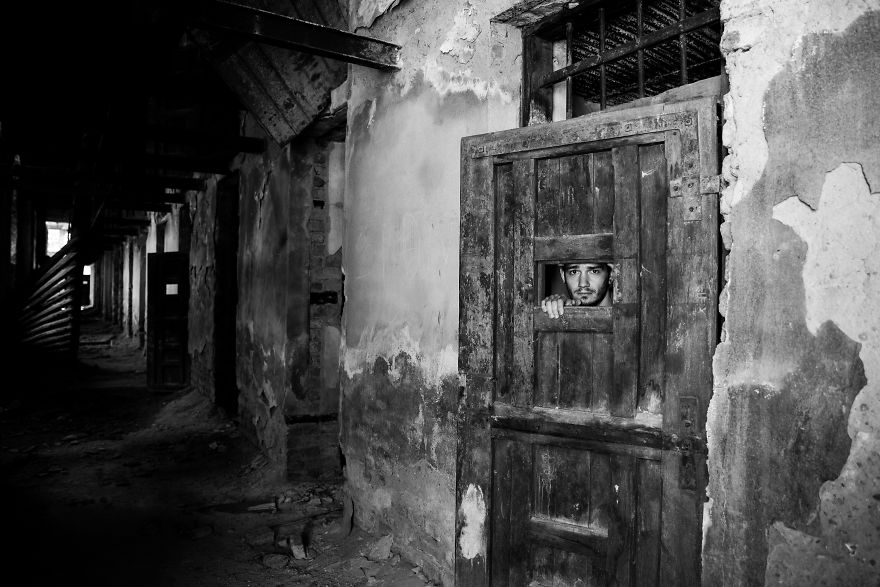

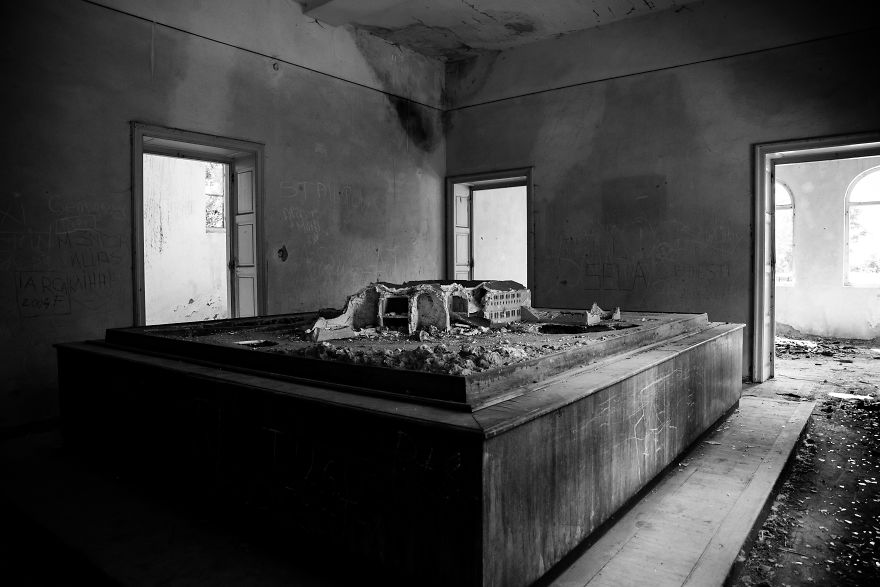
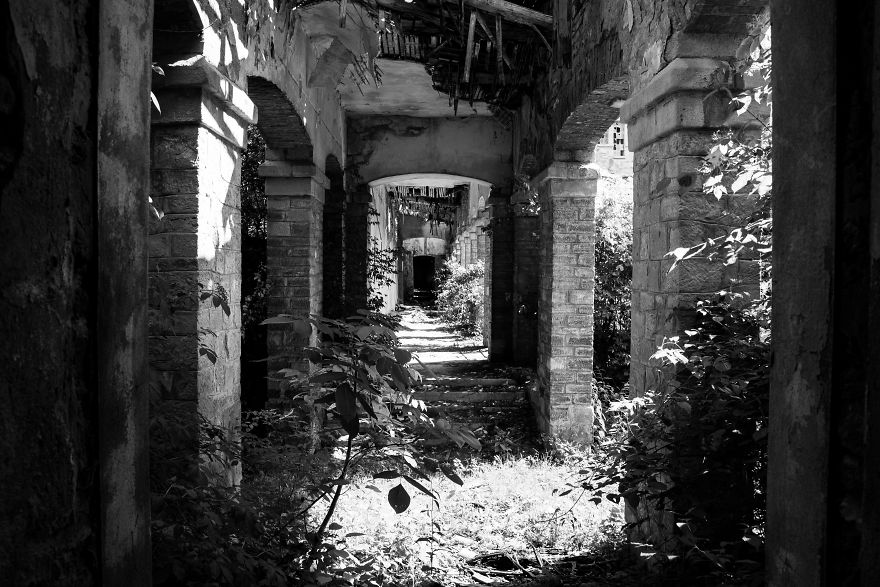
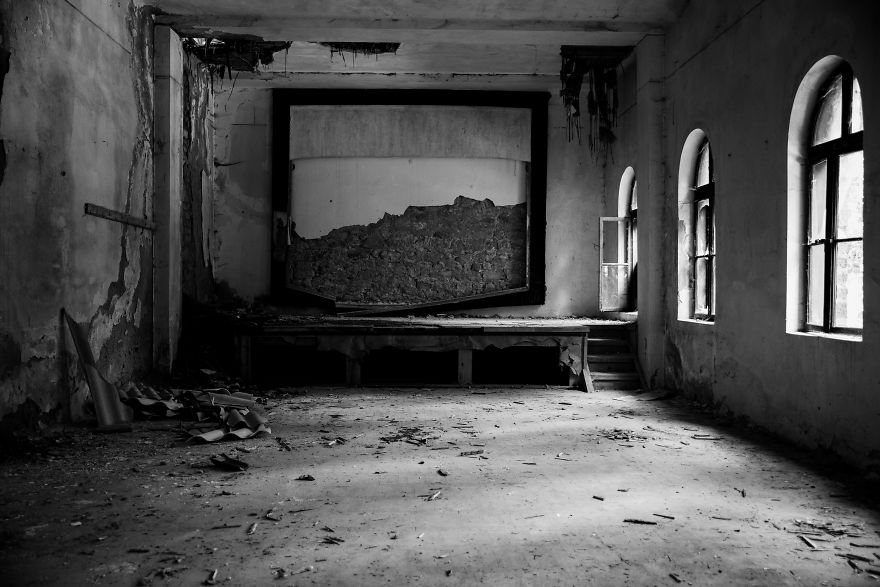
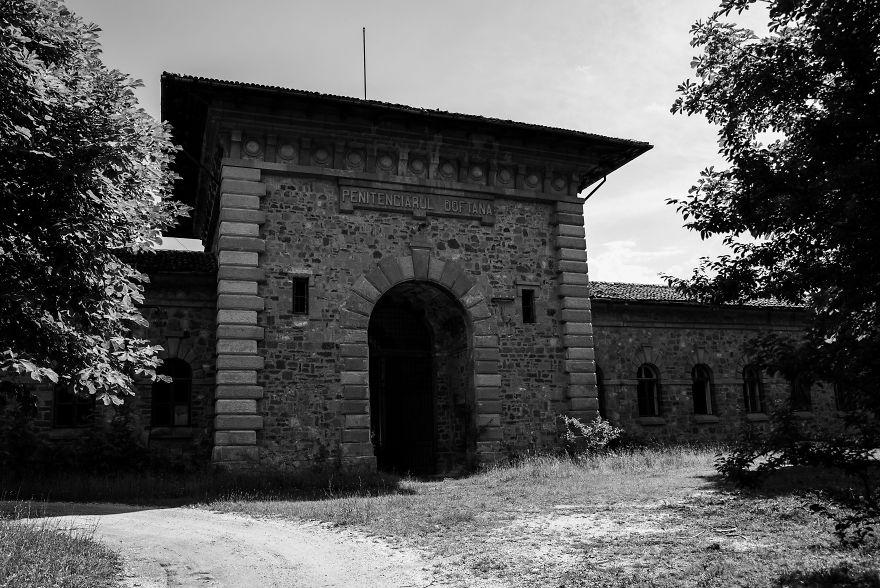
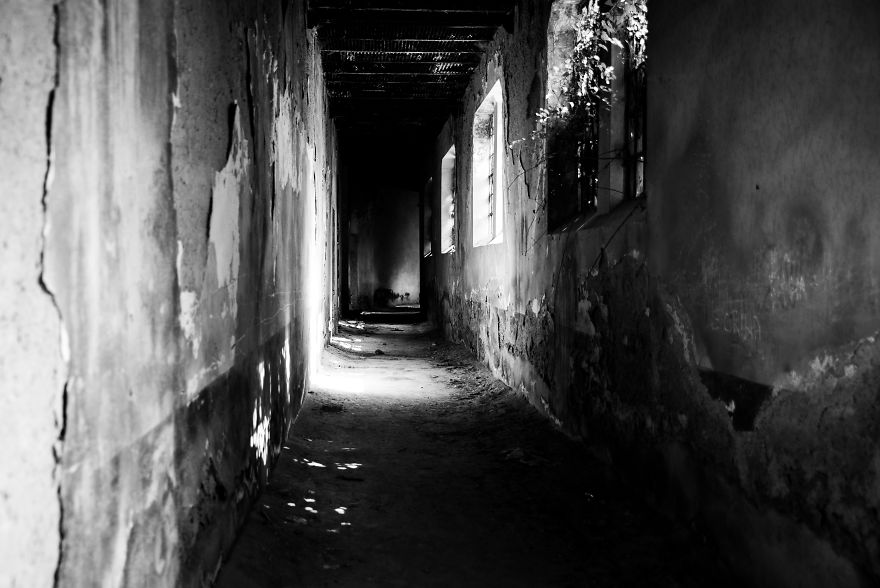
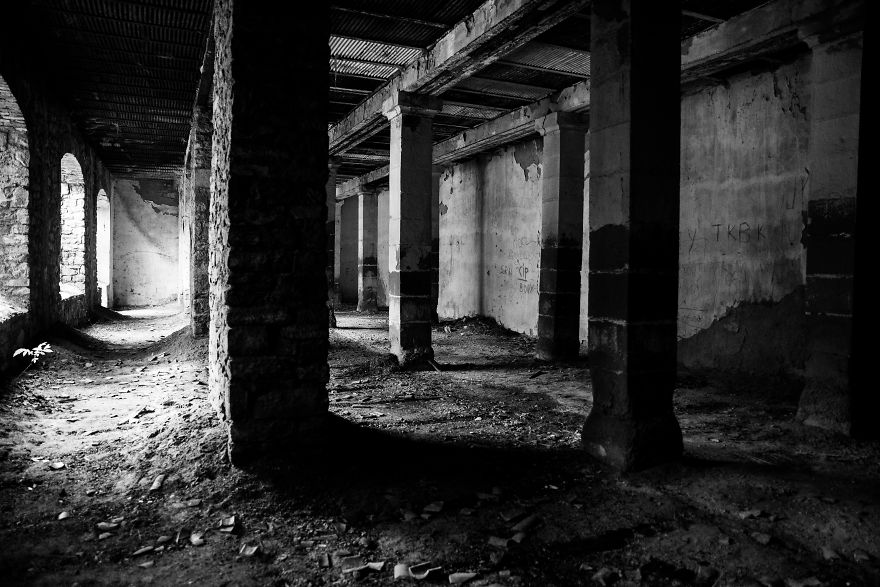
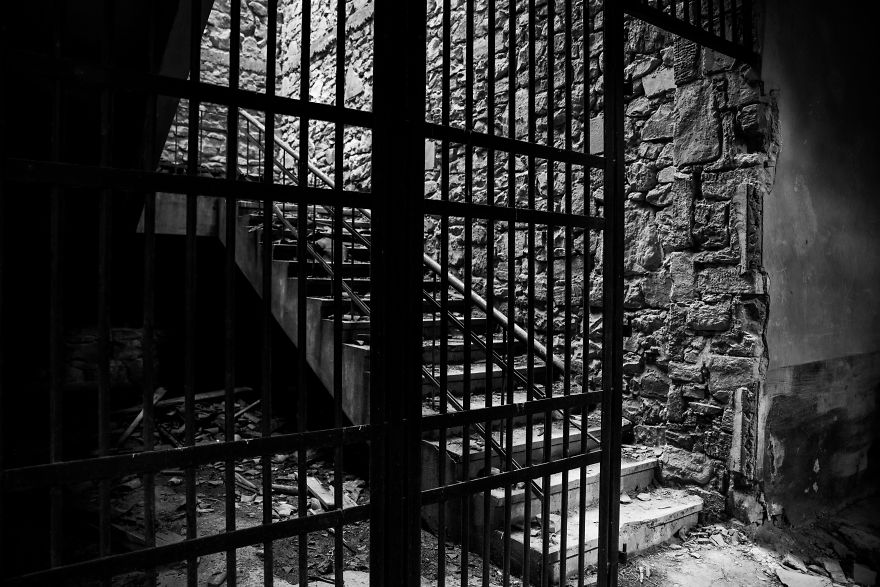
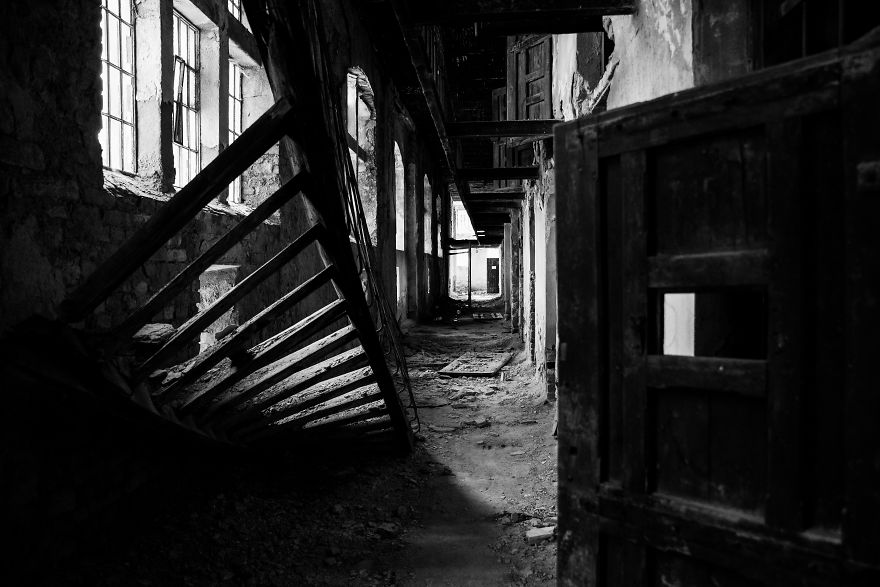
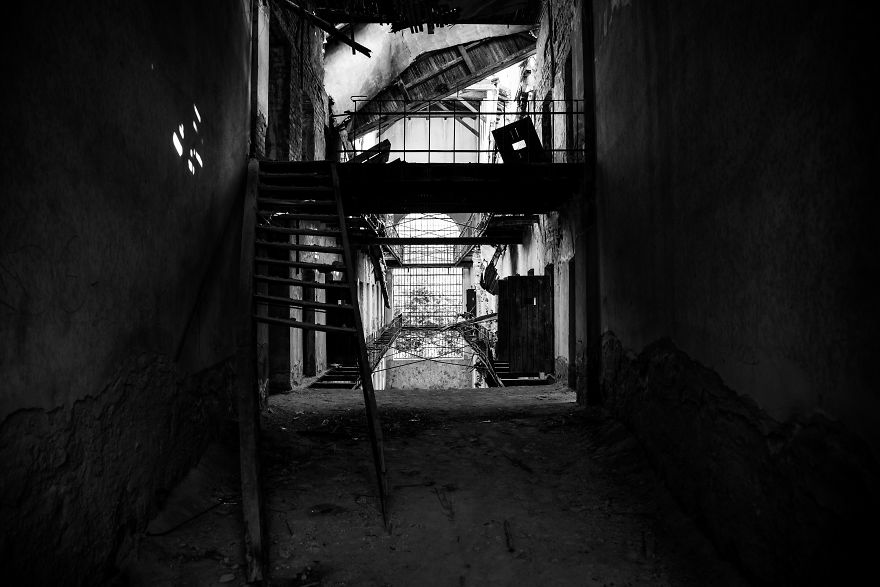
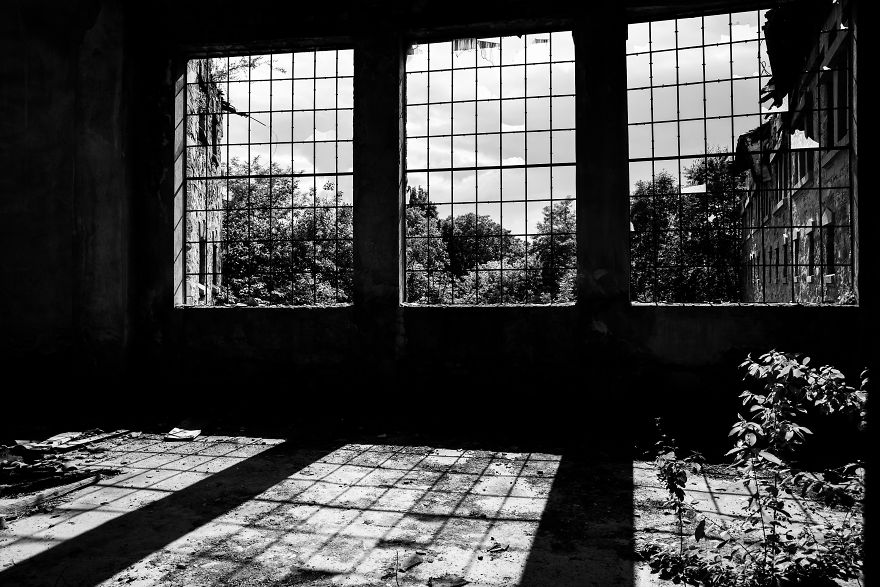
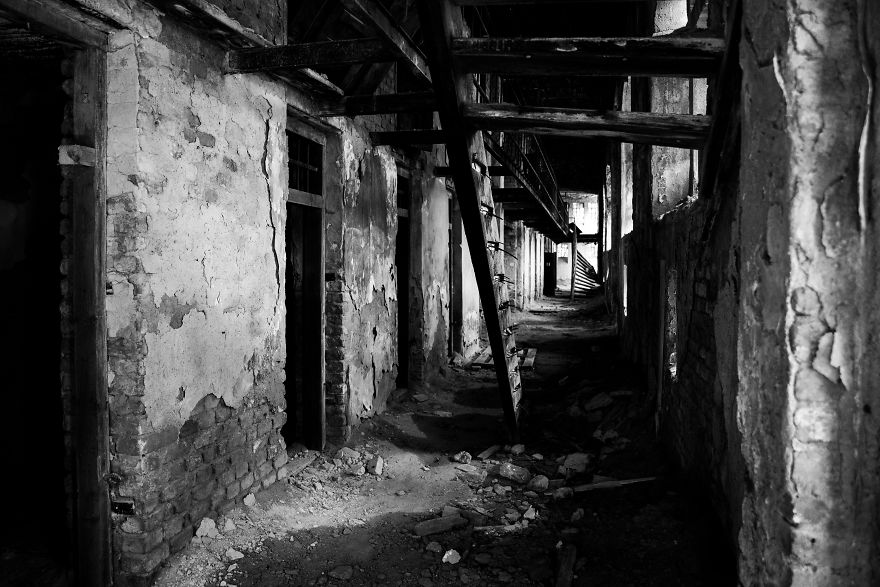
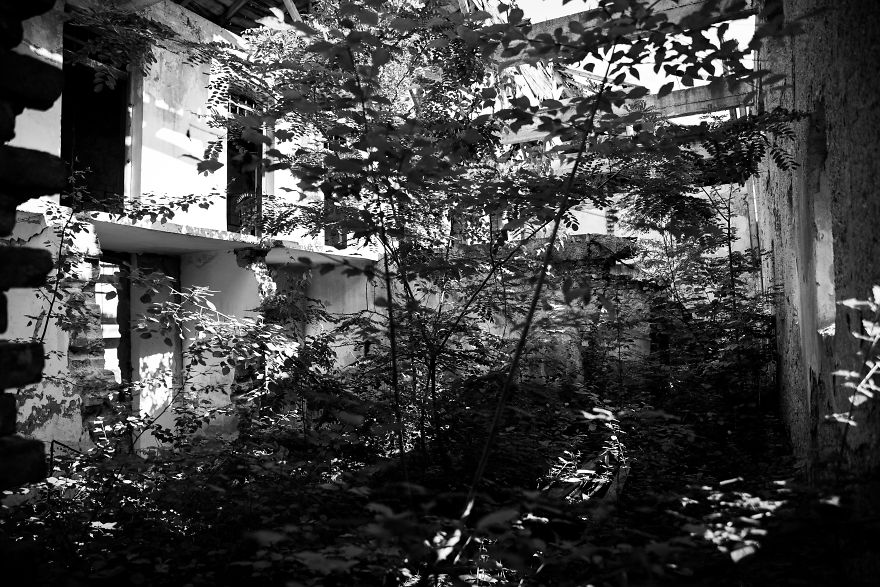
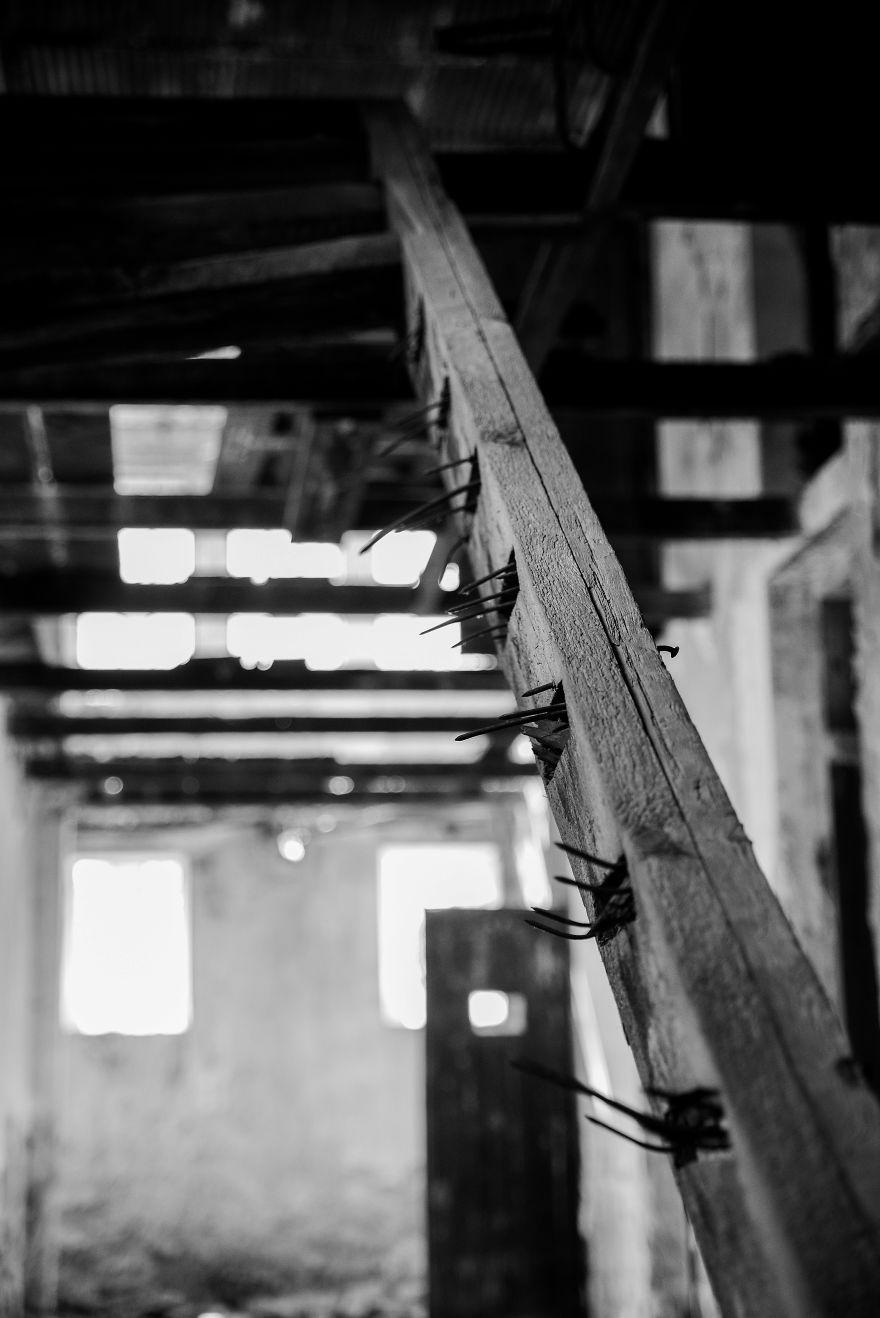
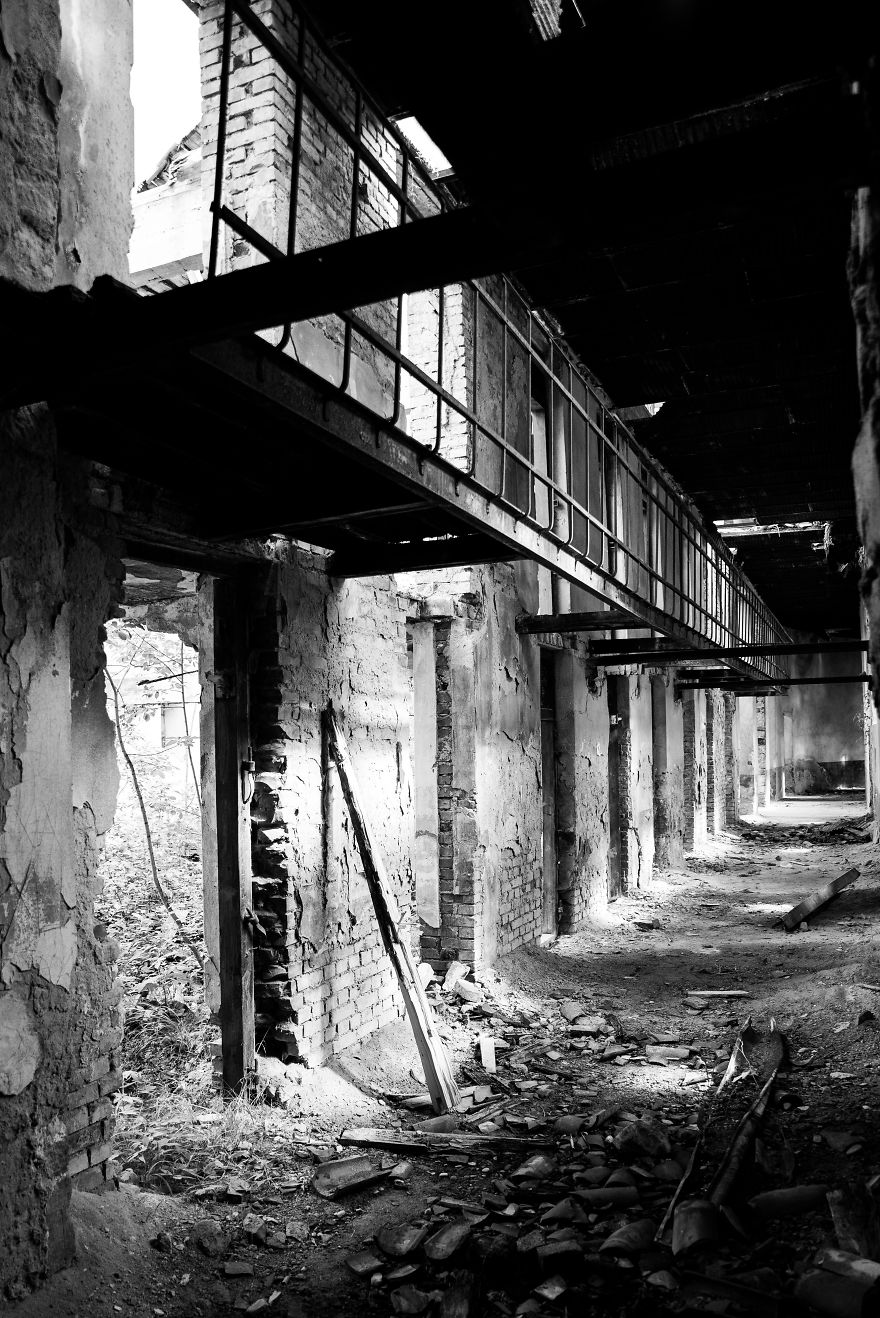

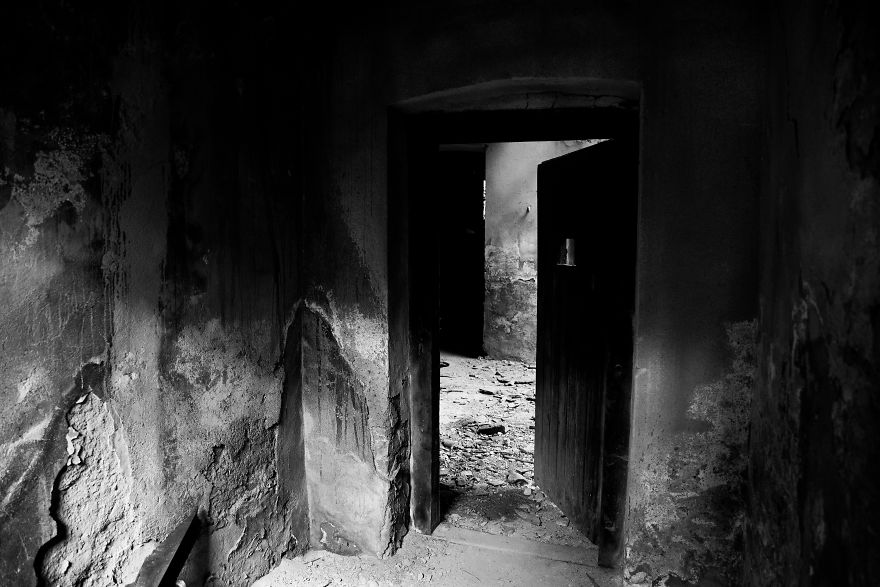
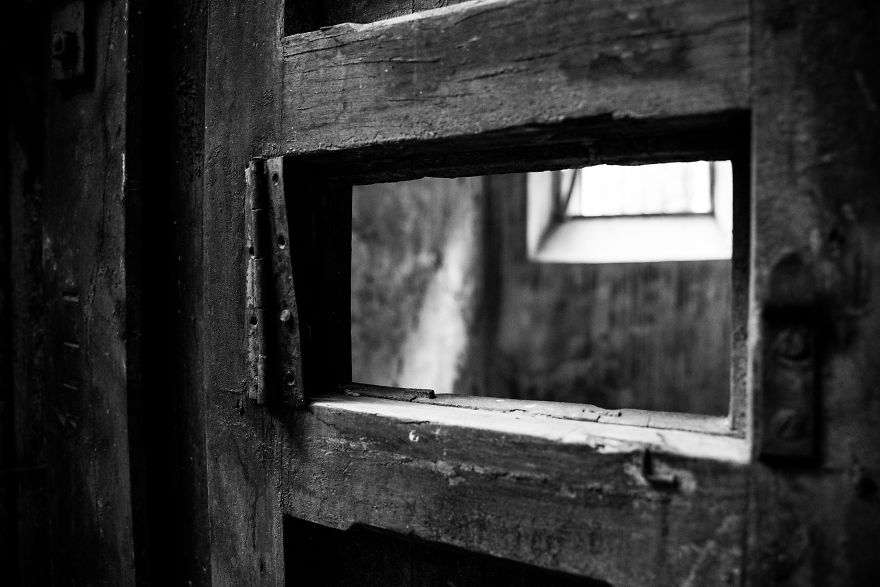



21
0